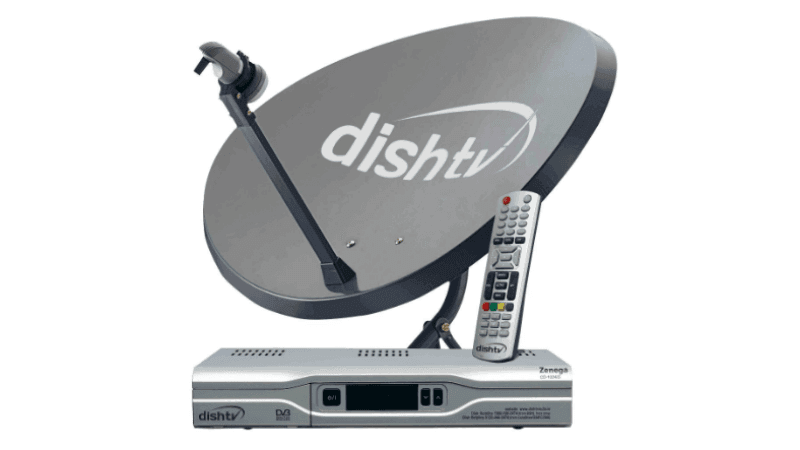Clear Definition of Multi TV and Long Term Channel Packs Firstly, one of the major things that Trai has done as part of these amendments is to address the areas which it totally skipped in the introduction of the NTO. Although the NTO went into intricate detail to explain how the channels will be priced, and how the subscribers and the DTH operators will be billed, it skipped over two of the areas which were Multi TV homes and long-term channel packs. But, this time around, Trai has clearly defined these two terms, and while the long-term channel packs will include subscriptions for more than six months, the multi TV homes will be the ones where two TV connections or Set-Top Boxes are in use under the same name. Also in the case of Multi TV homes, the DTH connections will have to have independent channel selections on both the Set-Top Boxes. Big Change in NCF Pricing Another significant change that has happened on this front occurs in the case of Network Capacity Fee (NCF). To recall, NCF is something that is paid by the subscribers of DTH services for carrying the channels, or simply you can say as “channel slots” Previously. The subscribers used to get 100 channels for Rs 130, but now the subscribers would be getting 200 channels for the same prices and out of these channels, no mandatory channel will be counted against your bought NCF. The DTH operators will also not be able to charge more than Rs 160 from the subscribers in the name of NCF. In the case of Multi TV connections, the subscribers will not have to pay more Han 40% of the total NCF which they are paying for the primary connection. Changes Related to Channel Packs The biggest change that the new Trai amendments bring for the DTH industry is in the case of channel bouquets. These channel packs now come with some strict regulations regarding the pricing of the channels. So, if a channel is to be a part of any channel pack, then it would have to be priced Rs 12 or lower. This price limit was previously Rs 19. Not only this, but the channel’s individual price cannot be more than 1.5 times the price of the channel in the bouquet. The average price of the channel in the bouquet, cannot also be less than one-third of the price of the channel individually. These are some of the regulations which will penetrate the DTH and the cable TV industry in India and will bring some consumer-centric changes. However, the broadcasters have primarily been opposed to these rules. But, for the consumers, these rules might lower the bills that they are paying to their DTH operators.
